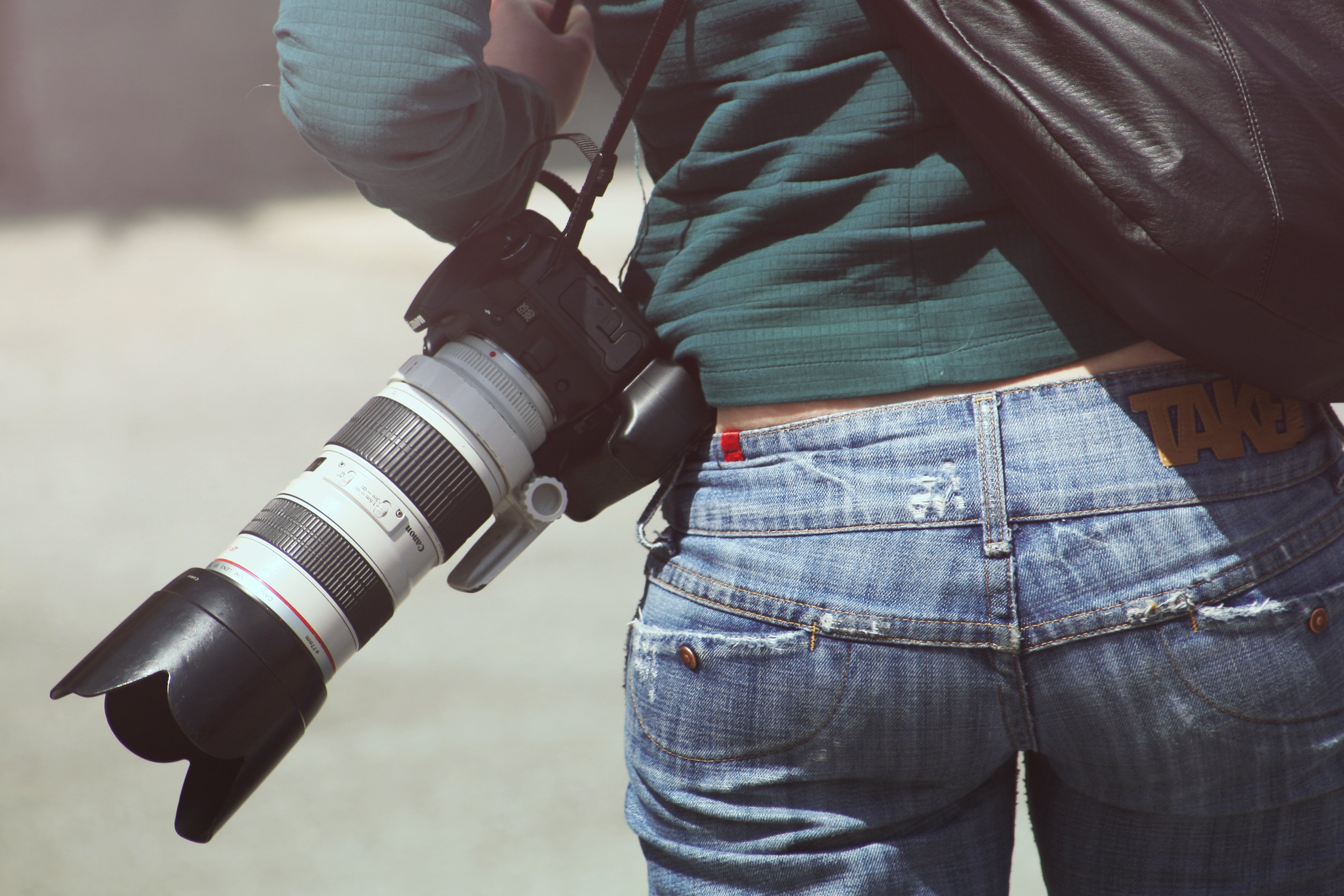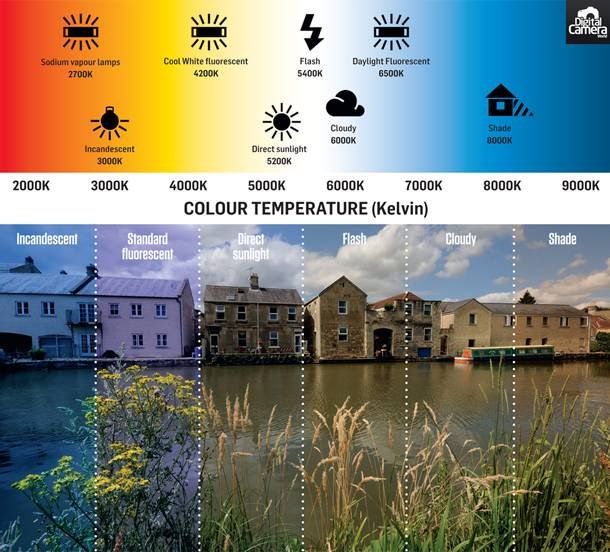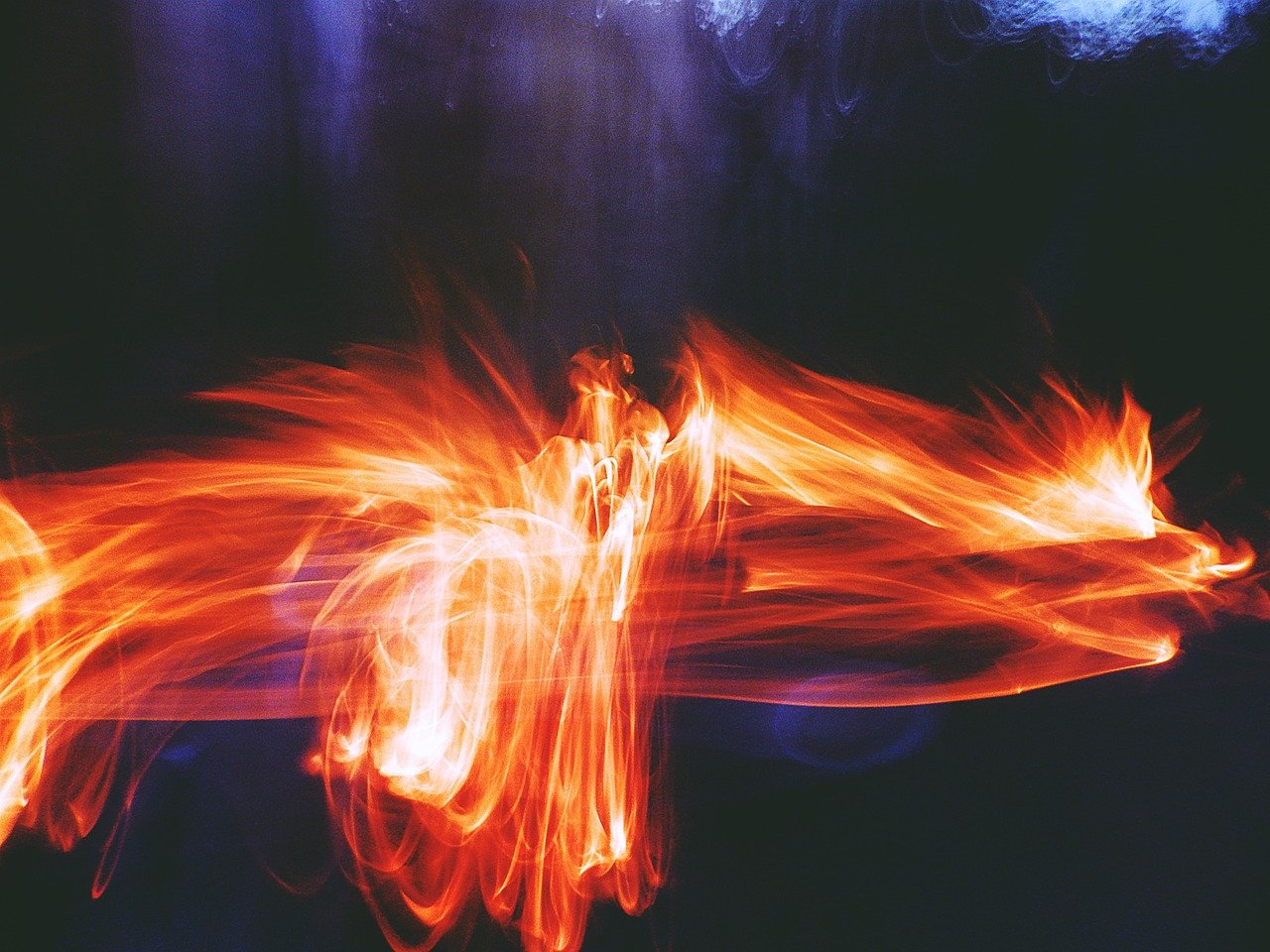Photography is a lot enjoyable when you know do it manually. And I mean tweak each and every aspect related to photography. More often than not people , pickup their camera and click a picture. And that's it. But photography is more than that.
There are certain terminologies and tools , if mastered can make photography a very enjoyable process.
10 Photography terms you need to know!
1 Exposure.
Exposure decided how dark or how bright you want an image to be.If you over expose an image it turns bright, whereas if you underexpose an image it becomes dark. Getting the right exposure involves changing the :
- Shutter Speed
- Aperture
2 Saturation

Image Source
Saturation decides how vibrant or how dull you want an image to be. If one over saturates an image, he will get more color, but will lose detail. Whereas if you turn the saturation to 0. You will get a black and white image. A higher saturated image looks repulsive , simplicity is beautiful. If you want make a image monochromatic go for it. My advice would be to looks for images with a lot of shadows and light. When such images are converted to black and white they look beautiful!
3 White balance
White balance prioritizes the lighting conditions. Some cameras try to find the true white color in the color. What is the "true white color ? ". Well imagine a blue light on a white surface. What is the right color, blue or white? The white balance decides this.
The white balance also decides how warm or cool you want the image to be , depending upon the amount of light and lighting conditions.
The various white balance settings are:
- Auto
- Daylight
- Shade
- Flash
- White florescent light
- Tungsten bulb
4 Shutter speed.
The shutter speed decides allow for how long the sensor will allow the light to enter in.
Longer shutter speeds allow more light in, therefore the image becomes brighter. But there is a risk of blur. To reduce blur one can use tripods.
Fast shutter speeds are used in sports photography or to capture any sort of action. If you are using a high shutter speed make sure there is ample light.
5 ISO
ISO decides the sensitivity to light. Higher ISO results in a brighter image.
If you se a higher ISO, the image may get ‘noisy’. The term noisy usually refers to the little grains you see on the image.
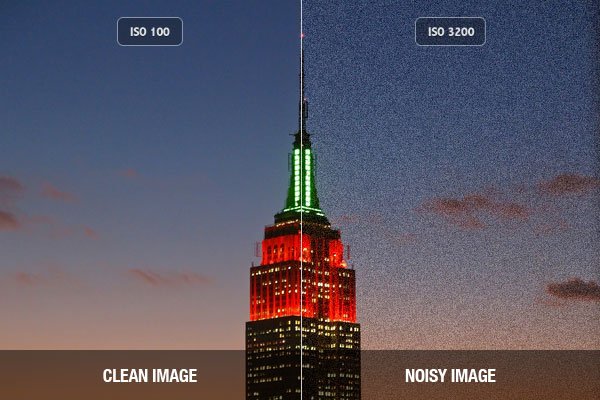
Image Source
6 Aperture
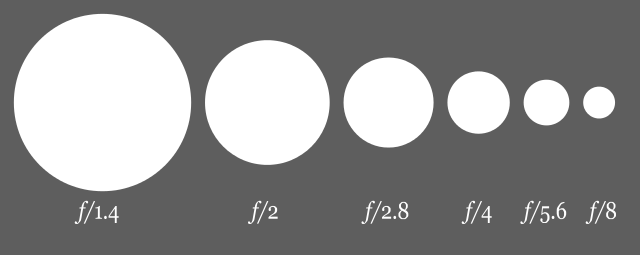
Wikicommons
Aperture is the size of the hole which lets light on the sensor. A smaller aperture is used to soften the background.
Aperture is measured in F number or a fraction for example - F over 3.2.
- The smaller the f number larger the aperture (larger the hole)
7 Depth of field.
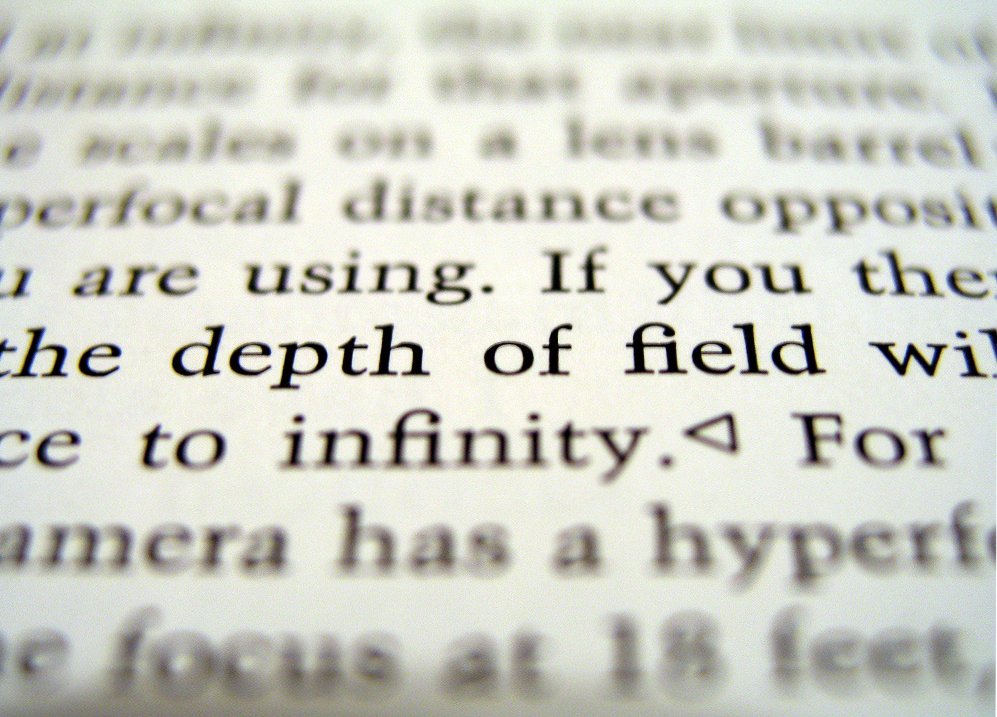
Image Source
Depth of field decides how much of the image will be in focus.
For example, if you want to take a portrait you want the background in focus. But if you want to click a photograph of a landscape you want everything In focus. Here you use a larger focus.
8 Bokeh
Bokeh means the quality of the blur. For various portraits a nice soft blur focuses the attention on the model. The picture below is an extreme form of bokeh. You get a beautiful bokeh with a low aperture number
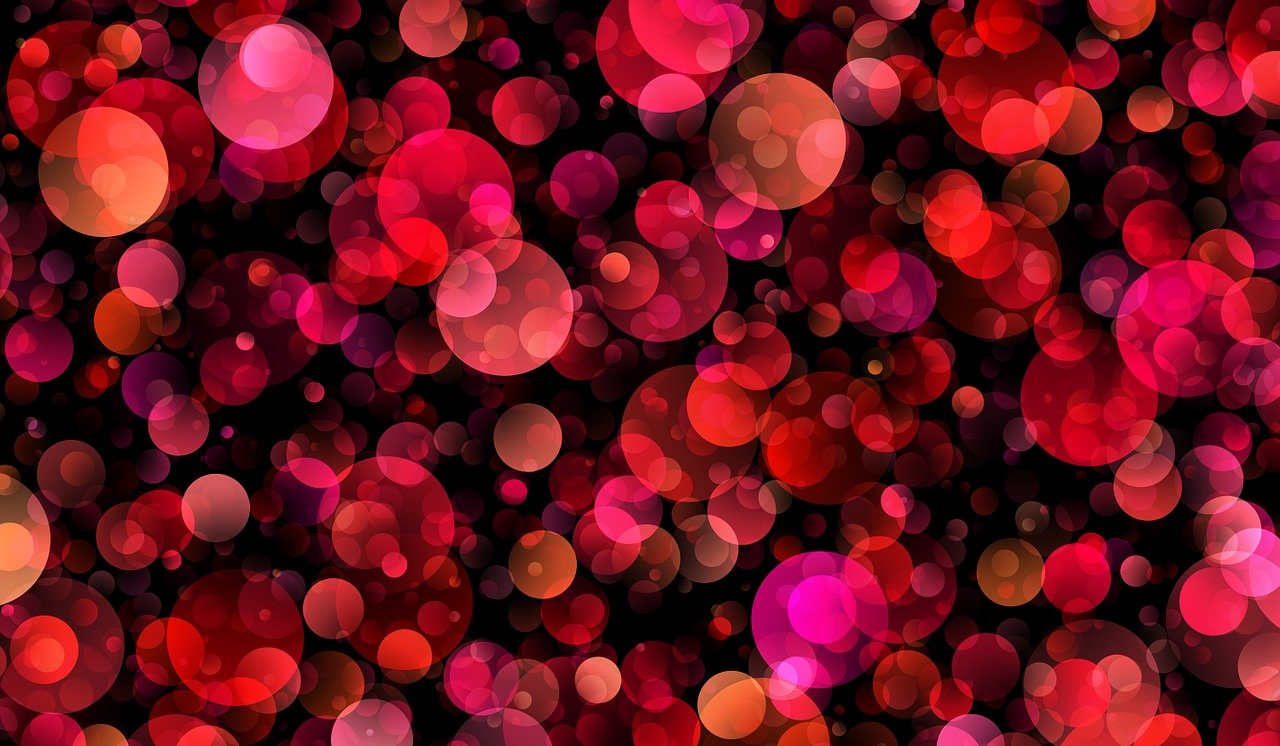
Image Source
9 Focal length.
The field of view is decided by the focal length. It is measured in mm
Higher the focal length narrow the image would turn out to be.
10 Viewfinder.
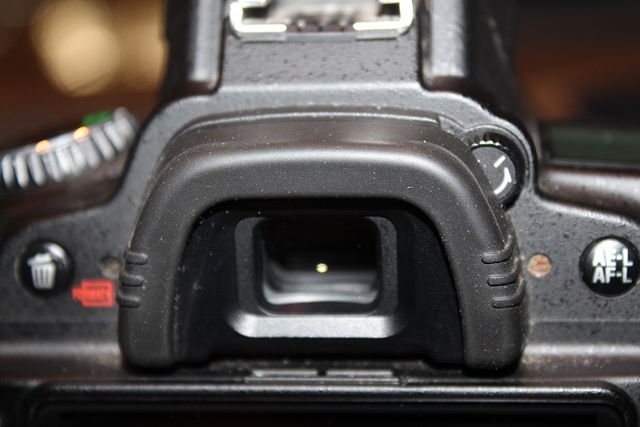
Image Source
It is the little hole, one looks through to look at the subject. When you look through it you can see all the data , regarding the photo. Such as the shutter speed, aperture, metering ,etc. It's not compulsory to look through the view finder some cameras come with a live view which showcases your subject on the camera's LCD screen.
Learning the mentioned terms is absolutely necessary if you want to know more about photography. I hope some of the doubts that you might have had are now cleared.

